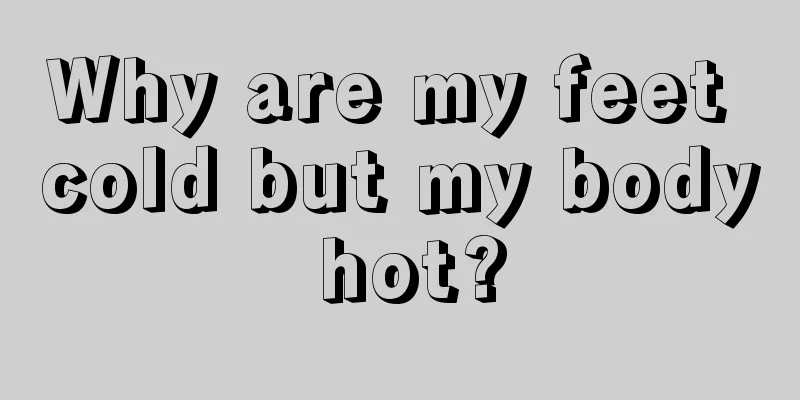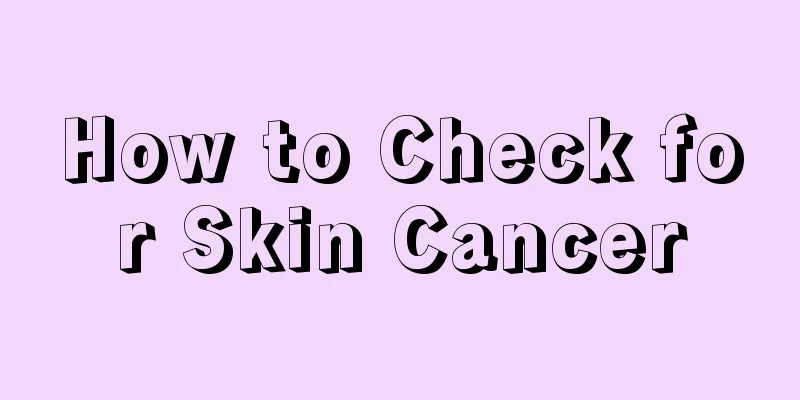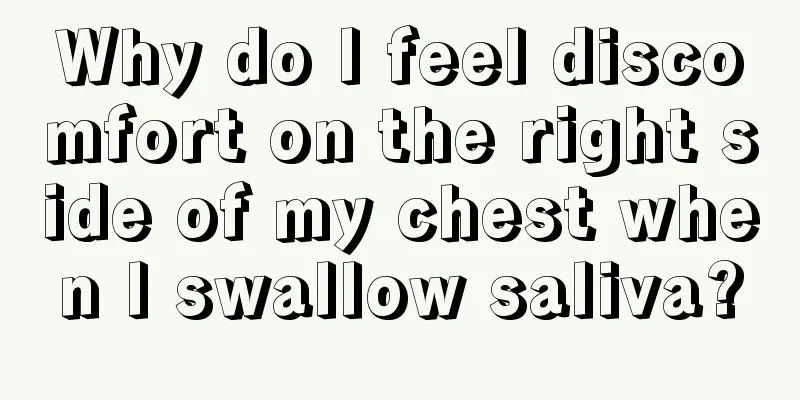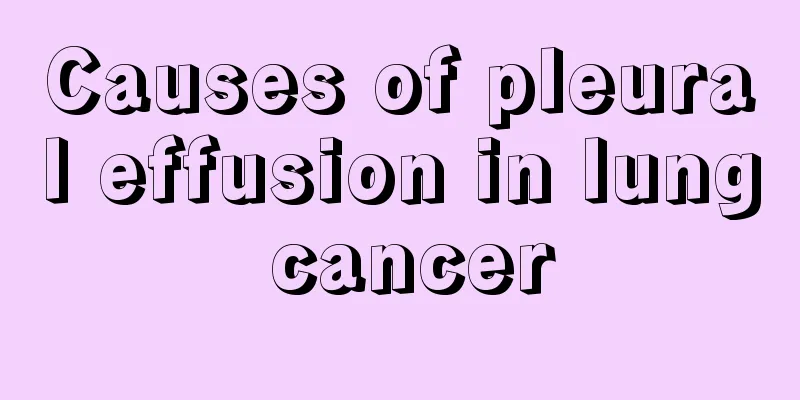What is the transmission route of hepatitis C

|
Hepatitis C is a common viral liver disease with a high incidence rate in life because it is contagious. The common transmission routes include blood transmission, sexual transmission, mother-to-child transmission, etc. If you want to have a healthy body, you must be aware of disease prevention, so as to improve the efficiency of prevention. 1. Blood transmission ⑴ Transmission through blood transfusion and blood products. Due to the window period for anti-HCV, the unstable quality of anti-HCV detection reagents and the fact that a small number of infected people do not produce anti-HCV, it is impossible to completely screen out HCV-positive people, and massive blood transfusions and hemodialysis may still lead to HCV infection. ⑵ Transmission through broken skin and mucous membranes. This is currently the main mode of transmission. In some areas, intravenous drug use accounts for 60% to 90% of HCV transmission. The use of non-disposable syringes and needles, dental instruments that have not been strictly sterilized, endoscopes, invasive procedures and acupuncture are also important routes of percutaneous transmission. Some traditional medical methods that may cause skin damage and blood exposure are also associated with HCV transmission; sharing razors, toothbrushes, tattoos and ear piercings are also potential ways for HCV to be transmitted through blood. 2. Sexually transmitted. 3. Mother-to-child transmission: The risk of anti-HCV positive mothers transmitting HCV to their newborns is 2%. If the mother is HCV RNA positive during delivery, the risk of transmission can be as high as 4% to 7%. When combined with HIV infection, the risk of transmission increases to 20%. High HCV viral load may increase the risk of transmission. 4. Other routes: The transmission route of 15%~30% of sporadic hepatitis C is unknown. HCV is generally not transmitted through kissing, hugging, sneezing, coughing, food, drinking, sharing of eating utensils and cups, contact without skin breaks, and other contact without blood exposure. |
<<: What should I do if my face is sunburned and peeling? How to solve it
>>: What causes severe anal fissure
Recommend
Can I drink cold drinks when I have a fever?
Many people like to drink cold drinks, especially...
I got a blister from bug bites on the bed
The high temperature and sultry weather in summer...
Does the pain in the middle back spine have anything to do with the lungs?
Pain in the middle spine of the back may be relat...
Does nasopharyngeal carcinoma metastasize quickly in the middle and late stages?
Does nasopharyngeal carcinoma metastasize quickly...
Is frequent urination caused by kidney deficiency?
In life, many people are very concerned about kid...
Surgical treatment of colorectal cancer
The surgical treatment of colorectal cancer can b...
How do beginners wear contact lenses
When we are taking pictures or doing some sports,...
Symptoms of advanced pancreatic cancer include weight loss
Symptoms of advanced pancreatic cancer include we...
What is the reason for the chest tightness and pain
Anterior chest tightness and pain, also known as ...
What are the main symptoms of gastric cancer? Pay attention to these
In the early stage of gastric cancer, patients wi...
The efficacy and function of cicada shell
Cicada is an animal that appears in summer. The c...
Why does it hurt below my neck and above my chest?
The human body is made up of different joints, bo...
Should Yanhuning be used with salt water or sugar water?
Inotropin is a Chinese patent medicine. It is an ...
What are the drugs for pituitary tumors
Nowadays, the pace of life is accelerating and th...
Head spin inheritance
If you can look at the top of your head, you will...









